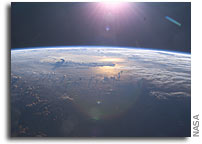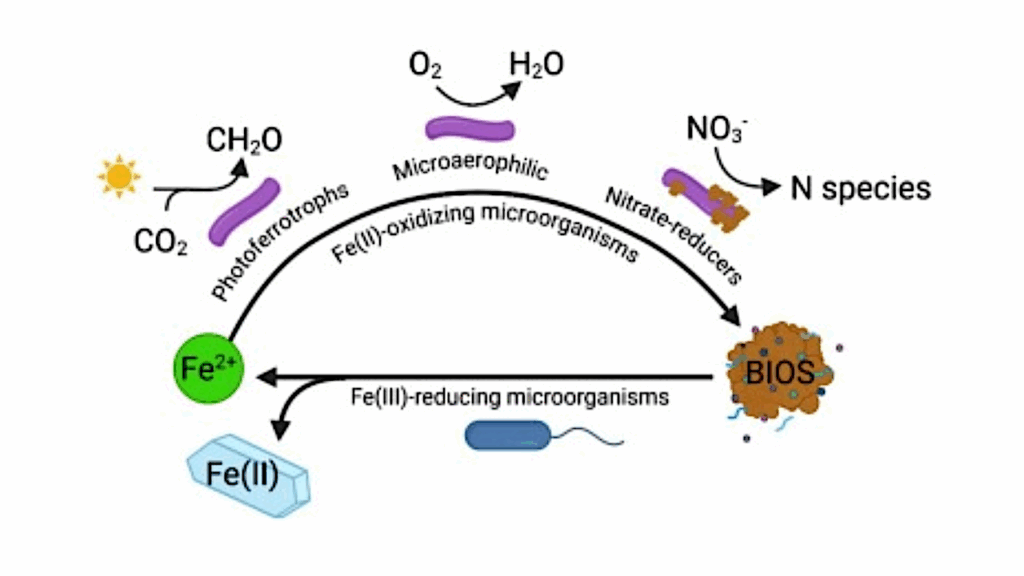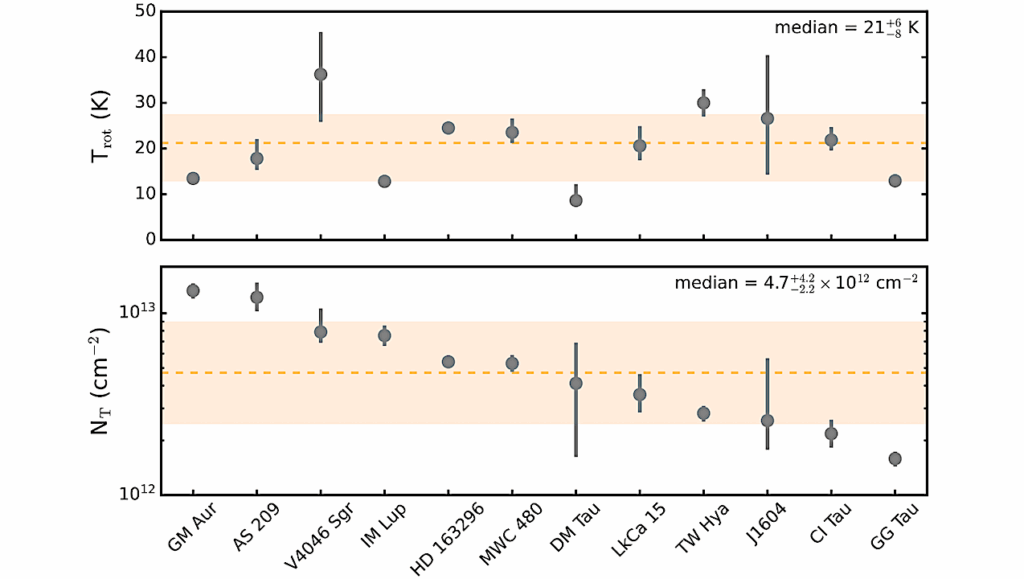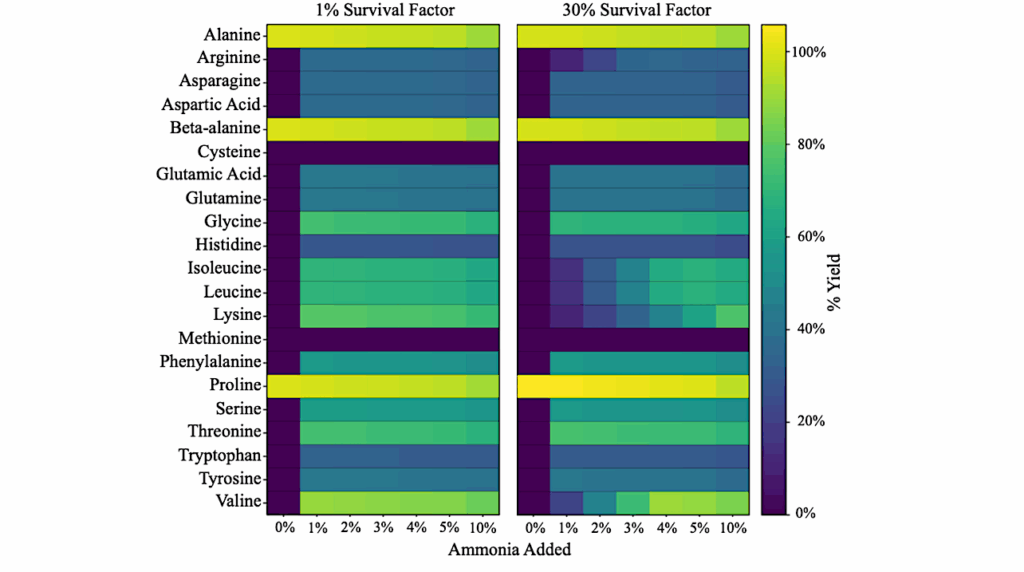Origins and Concentrations of Water, Carbon, Nitrogen and Noble Gases on Earth

The isotopic compositions of terrestrial hydrogen and nitrogen are clearly different from those of the nebular gas from which the solar system formed, and also differ from most of cometary values.
Terrestrial N and H isotopic compositions are in the range of values characterizing primitive meteorites, which suggests that water, nitrogen, and other volatile elements on Earth originated from a cosmochemical reservoir that also sourced the parent bodies of primitive meteorites. Remnants of the proto-solar nebula (PSN) are still present in the mantle, presumably signing the sequestration of PSN gas at an early stage of planetary growth. The contribution of cometary volatiles appears limited to a few percents at most of the total volatile inventory of the Earth.
The isotope signatures of H, N, Ne and Ar can be explained by mixing between two end-members of solar and chondritic compositions, respectively, and do not require isotopic fractionation during hydrodynamic escape of an early atmosphere. The terrestrial inventory of 40Ar (produced by the decay of 40K throughout the Earth’s history) suggests that a significant fraction of radiogenic argon may be still trapped in the silicate Earth. By normalizing other volatile element abundances to this isotope, it is proposed that the Earth is not as volatile-poor as previously thought. Our planet may indeed contain up to ~3000 ppm water (preferred range : 1000-3000 ppm), and up to ~500 ppm C, both largely sequestrated in the solid Earth.
This volatile content is equivalent to a ~2 (+/-1) % contribution of carbonaceous chondrite (CI-CM) material to a dry proto-Earth, which is higher than the contribution of chondritic material advocated to account for the platinum group element budget of the mantle. Such a (relatively) high contribution of volatile-rich matter is consistent with the accretion of a few wet planetesimals during Earth accretion.
Bernard Marty (Submitted on 24 May 2014)
Subjects: Earth and Planetary Astrophysics (astro-ph.EP)
Journal reference: Earth and Planetary Science Letters,313-314(2012)56-66
DOI: 10.1016/j.epsl.2011.10.040 Cite as: arXiv:1405.6336 [astro-ph.EP] (or arXiv:1405.6336v1 [astro-ph.EP] for this version)
Submission history From: Bernard Marty [v1] Sat, 24 May 2014 19:27:58 GMT (1245kb)








